Iain Barclay
Providing Assurance and Scrutability on Shared Data and Machine Learning Models with Verifiable Credentials
May 13, 2021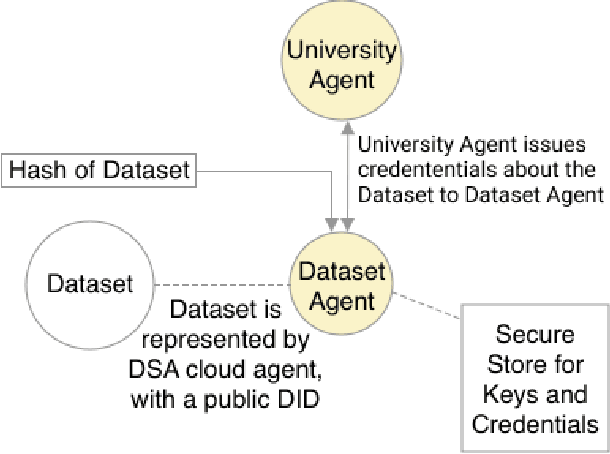
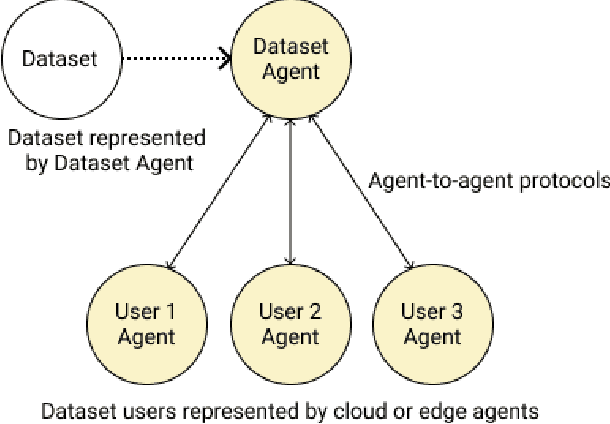
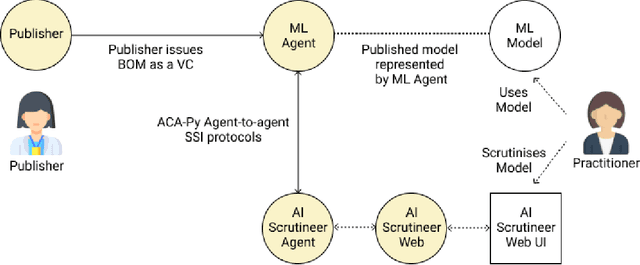
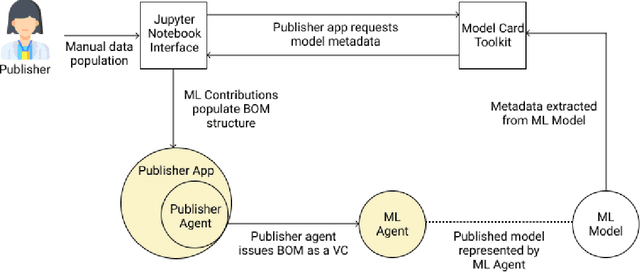
Abstract:Adopting shared data resources requires scientists to place trust in the originators of the data. When shared data is later used in the development of artificial intelligence (AI) systems or machine learning (ML) models, the trust lineage extends to the users of the system, typically practitioners in fields such as healthcare and finance. Practitioners rely on AI developers to have used relevant, trustworthy data, but may have limited insight and recourse. This paper introduces a software architecture and implementation of a system based on design patterns from the field of self-sovereign identity. Scientists can issue signed credentials attesting to qualities of their data resources. Data contributions to ML models are recorded in a bill of materials (BOM), which is stored with the model as a verifiable credential. The BOM provides a traceable record of the supply chain for an AI system, which facilitates on-going scrutiny of the qualities of the contributing components. The verified BOM, and its linkage to certified data qualities, is used in the AI Scrutineer, a web-based tool designed to offer practitioners insight into ML model constituents and highlight any problems with adopted datasets, should they be found to have biased data or be otherwise discredited.
A framework for fostering transparency in shared artificial intelligence models by increasing visibility of contributions
Mar 05, 2021
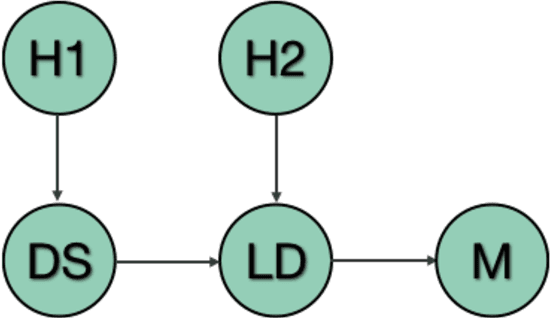
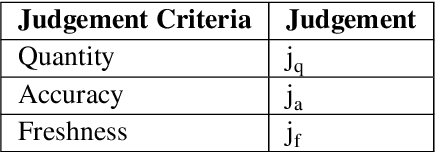

Abstract:Increased adoption of artificial intelligence (AI) systems into scientific workflows will result in an increasing technical debt as the distance between the data scientists and engineers who develop AI system components and scientists, researchers and other users grows. This could quickly become problematic, particularly where guidance or regulations change and once-acceptable best practice becomes outdated, or where data sources are later discredited as biased or inaccurate. This paper presents a novel method for deriving a quantifiable metric capable of ranking the overall transparency of the process pipelines used to generate AI systems, such that users, auditors and other stakeholders can gain confidence that they will be able to validate and trust the data sources and contributors in the AI systems that they rely on. The methodology for calculating the metric, and the type of criteria that could be used to make judgements on the visibility of contributions to systems are evaluated through models published at ModelHub and PyTorch Hub, popular archives for sharing science resources, and is found to be helpful in driving consideration of the contributions made to generating AI systems and approaches towards effective documentation and improving transparency in machine learning assets shared within scientific communities.
Quantifying Transparency of Machine Learning Systems through Analysis of Contributions
Jul 08, 2019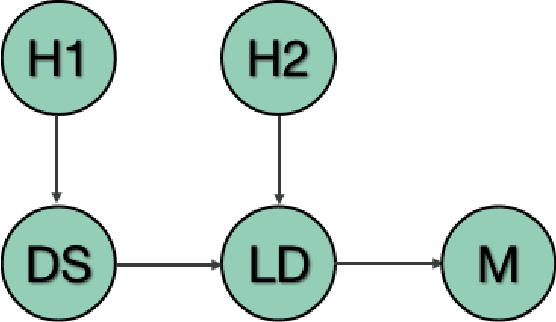

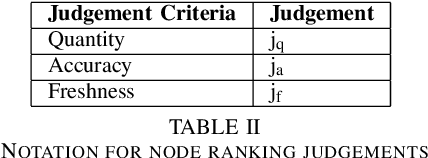

Abstract:Increased adoption and deployment of machine learning (ML) models into business, healthcare and other organisational processes, will result in a growing disconnect between the engineers and researchers who developed the models and the model's users and other stakeholders, such as regulators or auditors. This disconnect is inevitable, as models begin to be used over a number of years or are shared among third parties through user communities or via commercial marketplaces, and it will become increasingly difficult for users to maintain ongoing insight into the suitability of the parties who created the model, or the data that was used to train it. This could become problematic, particularly where regulations change and once-acceptable standards become outdated, or where data sources are discredited, perhaps judged to be biased or corrupted, either deliberately or unwittingly. In this paper we present a method for arriving at a quantifiable metric capable of ranking the transparency of the process pipelines used to generate ML models and other data assets, such that users, auditors and other stakeholders can gain confidence that they will be able to validate and trust the data sources and human contributors in the systems that they rely on for their business operations. The methodology for calculating the transparency metric, and the type of criteria that could be used to make judgements on the visibility of contributions to systems are explained and illustrated through an example scenario.
Defining the Collective Intelligence Supply Chain
Sep 25, 2018Abstract:Organisations are increasingly open to scrutiny, and need to be able to prove that they operate in a fair and ethical way. Accountability should extend to the production and use of the data and knowledge assets used in AI systems, as it would for any raw material or process used in production of physical goods. This paper considers collective intelligence, comprising data and knowledge generated by crowd-sourced workforces, which can be used as core components of AI systems. A proposal is made for the development of a supply chain model for tracking the creation and use of crowdsourced collective intelligence assets, with a blockchain based decentralised architecture identified as an appropriate means of providing validation, accountability and fairness.
 Add to Chrome
Add to Chrome Add to Firefox
Add to Firefox Add to Edge
Add to Edge